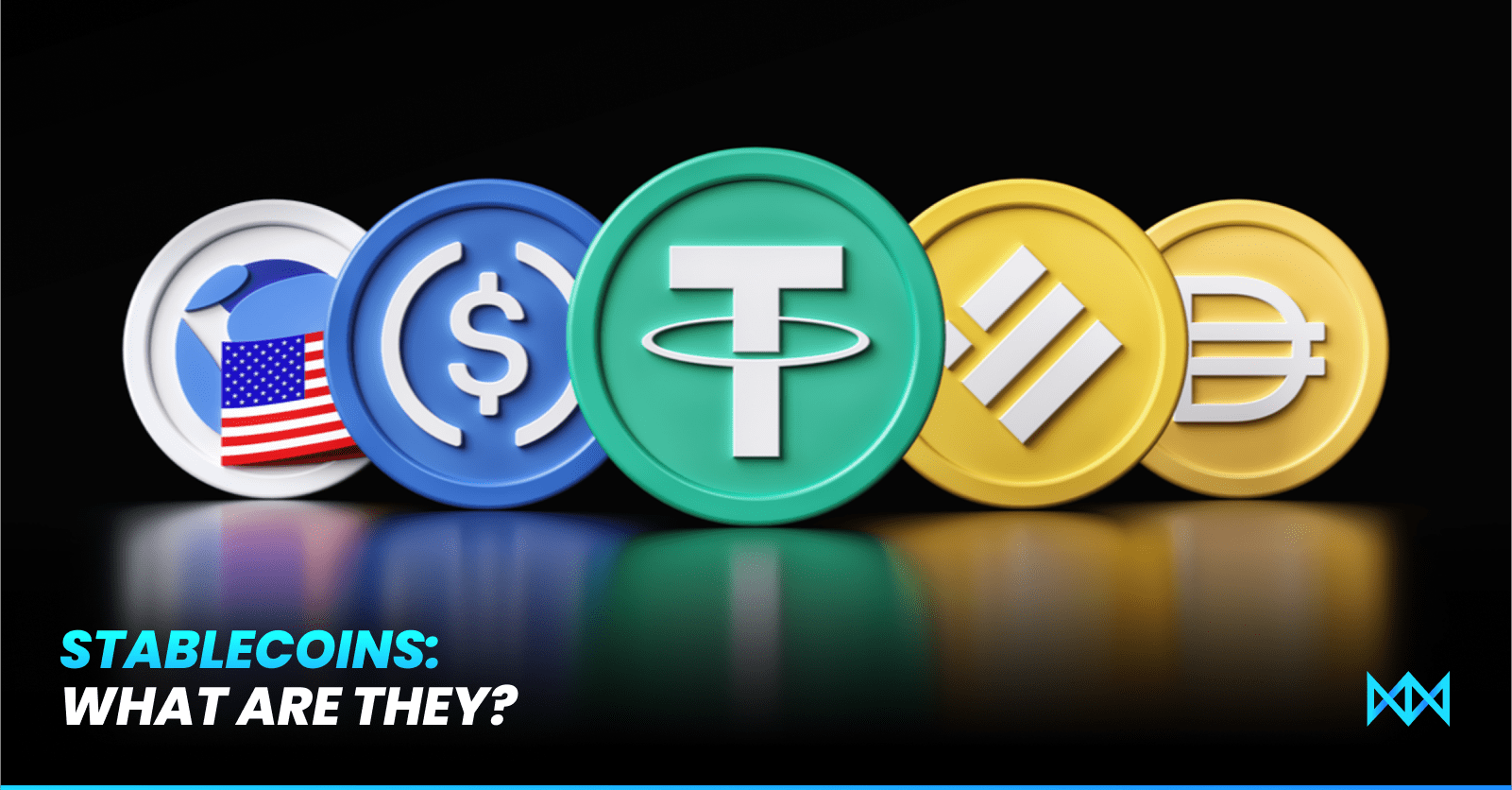Quick Summary:
- Stablecoins offer price stability like fiat currencies and they have become an indispensable part of the crypto ecosystem.
- Currently, centralized stablecoins dominate the market.
Related: Are Stablecoins Really That Stable?
It’s a blockchain-based token whose value stays the same, typically the same as a particular fiat currency. There are many stablecoins that track the price of the American dollar, as well as stablecoins representing other currencies.
Because stablecoins offer price stability like fiat currencies, they have become an indispensable part of the crypto ecosystem. Blockchains with smart contracts, like Ethereum, host the majority of stablecoins. By using decentralized exchanges like Uniswap, investors can effortlessly trade volatile crypto for dollar-pegged assets without sending funds off-chain.
Stablecoins backed by fiat
Stablecoins that are backed by fiat are guaranteed to be redeemable by their provider for the currency they represent. They are usually issued by a centralized provider who has assets equal or greater than the number of stablecoins issued, such as commercial paper or Treasury Bonds.
Since the U.S. dollar is the world’s reserve currency, most stablecoins are pegged to it. Fiat-backed stablecoins representing the euro, the Chinese yuan, and the Mexican peso have also gained popularity over the past couple of years.
Since fiat-backed stablecoins are backed by national currency and managed by a centralized entity, they can be issued more easily. If an issuer has sufficient cash reserves, it can issue more tokens. As a consequence, fiat-backed stablecoins are not only the most popular stablecoin in circulation, but also the most popular cryptocurrency.
Market forces help stabilize stablecoins maintain their peg, since they are always exchangeable for dollars. For example, suppose a stablecoin pegged to the dollar suddenly traded for less than a dollar. In that case, entrepreneurs could buy up the tokens and redeem them with their issuer for a small profit. Despite the fact that all fiat-backed stablecoins use a similar redemption method, there are still significant differences between issuers that make some more widely used or perceived as safer.
USDT
A stablecoin pegged to the U.S. dollar, USD Tether (USDT) is issued by Tether Limited Inc., a subsidiary of Hong Kong-based iFinex Inc., which also owns Bitfinex.
The New York State Department of Financial Services has not yet granted Tether approval as a money service business in the U.S. To demonstrate it has enough cash and cash equivalents to back all USDT tokens in circulation.
There have been frequent concerns about USDT’s backing during Tether’s lifetime. Many U.S. regulators have criticised Tether for misrepresenting the backing behind USDT, including the New York Attorney General’s Office and the Commodity and Futures Trading Commission, which fined the company $42.5 million in October 2021.
This year, Tether released a new attestation report prepared by BDO Italia to address the issue of USDT’s backing.
USDC
Currently, USD Coin is the second-largest dollar-pegged stablecoin in circulation behind USDC. Centre manages USDC, which includes Circle, the founder of the stablecoin, Coinbase, Bitcoin mining company Bitmain, and Coinbase’s members.
Circle is a licensed money transmitter in the United States and holds state-specific licenses that allow it to operate in several countries. Circle also holds a state-specific license by the New York Department of Financial Services to conduct business involving virtual currency.
Due to Circle’s perceived trustworthiness, compliance with regulations, and transparency of its backing assets, USDC is often regarded as the gold standard for dollar-backed stablecoins. In the past, USDC has traded above the dollar several times during periods of high market volatility. Investors often turn to USDC for protection when other stablecoins, such as USDT, lose their dollar peg. Circle releases monthly attestation reports by Grant Thornton LLP, a top-five accounting firm, to assure investors that USDC is fully backed by cash or cash equivalents.
BUSD
In partnership with Paxos Trust Company, LLC, Binance USD (BUSD) is issued by one of the largest crypto exchanges and the third largest stablecoin in circulation.
There are two blockchains on which BUSD is available, whereas USDT and USDC span several. However, this hasn’t stopped it from growing. Binance started converting all stablecoin deposits into BUSD in September 2022, making it the exchange’s primary stablecoin. In addition to consolidating liquidity across various trading pairs, this move has also encouraged users to use BUSD on the exchange.
There is no indication whether BUSD is regulated in other jurisdictions like USDC. Binance and Paxos keep BUSD reserves in cash and cash equivalents. That way investors can always exchange their tokens for dollars. Its asset reserves are detailed in Binance’s monthly reports.
Conclusion:
Currently, centralized stablecoins dominate the market. While USDT and USDC have drawbacks, they’ve become ubiquitous within the DeFi ecosystem and aren’t likely to disappear in the near future.
Disclaimer: This article is provided for informational purposes only. It is not offered or intended to be used as legal, tax, investment, financial, or other advice.





